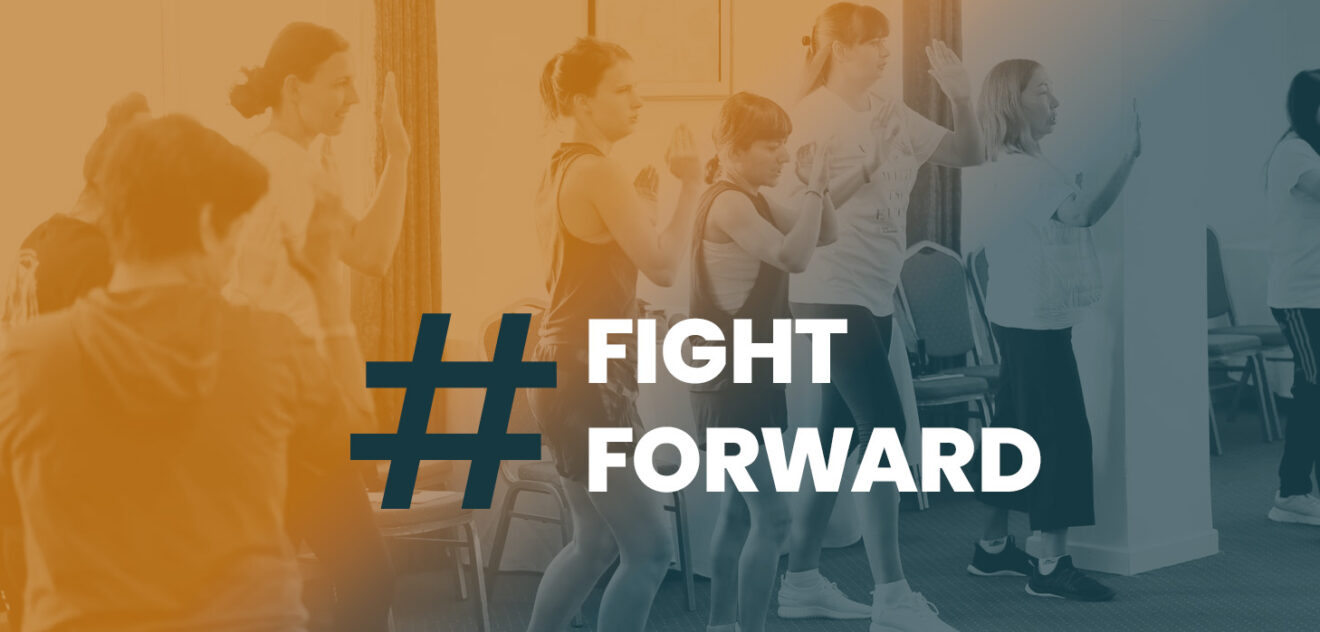Empowerment Self Defense Explained
- Claude Jonkmans
- Reading time: 5 min

Empowerment Self-Defense (ESD) is emerging as a go-to framework for tackling rising incidents of gender-based violence, bullying, and harassment worldwide. Organizations like the International Association of ESD Professionals (IAESDP) aim to #FightForward by equipping individuals—especially women and children—with life-saving physical skills and the confidence to set boundaries and advocate for their own safety.
Driving the movement
Empowerment Self-Defense (ESD) goes far beyond physical maneuvers. It’s a global movement—rooted in inclusivity, trauma-informed methods, and real-world problem-solving—to ensure everyone can #FightForward for their safety and dignity.
ESD programs blend assertiveness training, trauma-informed care, and community activism with practical self-defense tactics.
Grassroots movements, supported by nonprofits and global campaigns like #FightForward, are pressuring institutions to adopt ESD principles in schools, workplaces, and public policy.
Pillars of Empowerment Self Defense (ESD)
Verbal Strategies: It emphasizes boundary-setting language, de-escalation tactics, and bystander intervention skills, ensuring people can speak up before violence escalates.
Psychological Readiness: ESD training addresses fear responses in threatening situations, offering ways to reclaim power and reduce vulnerability.
Inclusive Approach: Programs adapt for survivors of violence, people with disabilities, LGBTQ+ communities, and other marginalized groups—so no one is left behind.
Physical Techniques: ESD focuses on simple techniques accessible to all body types—strikes, kicks, and releases from common assault grips.
How is ESD different?
Beyond Physical Defense: ESD reframes “self-defense” to encompass mental and emotional preparedness, building on personal autonomy and self-worth.
Community Building: Training fosters solidarity: groups learning together often become grassroots catalysts for wider cultural shifts against gender-based violence.
Advocates of the methodology assert that the more communities embrace ESD, the fewer opportunities perpetrators have to exploit fear or stigma.
“It is time to be proactive. The days of fighting back are over. We must #FightForward to effect change,” says Lissette Brassac Fitzgerald, Executive Director of the IAESDP. “ESD is the blueprint for that collective stand.”
Broader view
Policy Link: Some governments and policymakers are beginning to see ESD as a public health approach, integrating it into school curriculums and community centers.
Corporate Buy-In: CSR-minded companies sponsor ESD workshops, recognizing the importance of staff well-being and social impact.
Next steps
The #FightForward campaign is building a series of international ESD conferences, expanded instructor certifications, and heightened media coverage.
ESD instructors worldwide are collaborating with renowned research institutions to show measurable outcomes—like increased self-esteem, reduced assault rates, and stronger community ties.